
<div>In Warsaw, a museum of Jewish history has opened.</div>
Publisher
ČTK
21.04.2013 10:15
ČTK
21.04.2013 10:15
Poland
Warszawa
Kuryłowicz & Associates
Lahdelma & Mahlamäki Architects
Warsaw - A new museum of Jewish history opened its doors to visitors in Warsaw for the first time today. The institution, which commemorates the thousand-year presence of Jews in Poland, currently does not have a permanent exhibition, which will be ready next year. Nevertheless, it has decided to open its doors to the public to mark the 70th anniversary of the uprising in the Warsaw ghetto, the AP agency reported.
The museum has nearly twenty years of preparation behind it. For now, it will offer temporary exhibitions, film screenings, lectures, and other cultural events.
Its building resembles a block with glass walls. Inside, however, visitors enter a foyer with high sandy-colored walls that looks like a valley. The space symbolizes the parting of the Red Sea, which, according to the Bible, helped the Jews escape from Egyptian captivity. There is also a reconstruction of a painted wooden synagogue to see in the museum.
An important contributor to the establishment of the new institution is American Tad Taube, who, as a child, fled with his parents in 1939 from the Nazi terror that took the lives of the vast majority of Jews in Poland during the war. Taube helped the museum raise $16 million, which is the largest private donation for it. The total cost of the institution is $40 million.
"I am filled with awe," said eighty-two-year-old Taube to the AP agency. "As I walk through the walls and various corners of this place and its incredible open spaces, through these enormous glass surfaces and walls that are like sculptures, and then see the wooden synagogue, it is a very remarkable experience," he added.
Taube survived thanks to his parents, who were very concerned about the developments in Europe at that time. Even before the German invasion of Poland, his father, who worked as a merchant, decided to take the family to the United States. Taube later became wealthy through business in semiconductors and real estate.
He sees the museum as a means to ensure that the rich history of Jews in Poland is not forgotten, which for many centuries was the center of Jewish life according to him. At the start of the war, there were 3.3 million Jews living there. Ninety percent of them did not survive the Nazi extermination.
1997 – transfer of city land for the construction of the museum
2005 – the international architectural competition for the design of the museum’s new building was won by Finnish architect Rainer Mahlamäki (*1956)
2007 – laying of the foundation stone
2008 – a tender was announced for the museum's contractors
2009 – ceremonial start of construction of the museum
2012 – finishing works, installation of the main exhibition
2013 – opening of the museum
The museum has nearly twenty years of preparation behind it. For now, it will offer temporary exhibitions, film screenings, lectures, and other cultural events.
Its building resembles a block with glass walls. Inside, however, visitors enter a foyer with high sandy-colored walls that looks like a valley. The space symbolizes the parting of the Red Sea, which, according to the Bible, helped the Jews escape from Egyptian captivity. There is also a reconstruction of a painted wooden synagogue to see in the museum.
An important contributor to the establishment of the new institution is American Tad Taube, who, as a child, fled with his parents in 1939 from the Nazi terror that took the lives of the vast majority of Jews in Poland during the war. Taube helped the museum raise $16 million, which is the largest private donation for it. The total cost of the institution is $40 million.
"I am filled with awe," said eighty-two-year-old Taube to the AP agency. "As I walk through the walls and various corners of this place and its incredible open spaces, through these enormous glass surfaces and walls that are like sculptures, and then see the wooden synagogue, it is a very remarkable experience," he added.
Taube survived thanks to his parents, who were very concerned about the developments in Europe at that time. Even before the German invasion of Poland, his father, who worked as a merchant, decided to take the family to the United States. Taube later became wealthy through business in semiconductors and real estate.
He sees the museum as a means to ensure that the rich history of Jews in Poland is not forgotten, which for many centuries was the center of Jewish life according to him. At the start of the war, there were 3.3 million Jews living there. Ninety percent of them did not survive the Nazi extermination.
Timeline of the project
1996 – the idea of establishing the Museum of Jewish History in Poland is born1997 – transfer of city land for the construction of the museum
2005 – the international architectural competition for the design of the museum’s new building was won by Finnish architect Rainer Mahlamäki (*1956)
2007 – laying of the foundation stone
2008 – a tender was announced for the museum's contractors
2009 – ceremonial start of construction of the museum
2012 – finishing works, installation of the main exhibition
2013 – opening of the museum
The English translation is powered by AI tool. Switch to Czech to view the original text source.
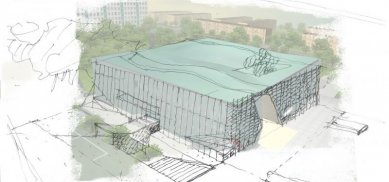
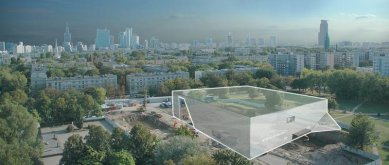
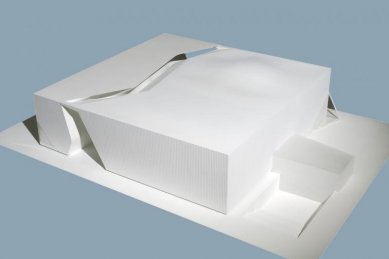
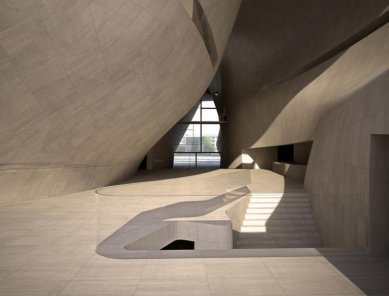
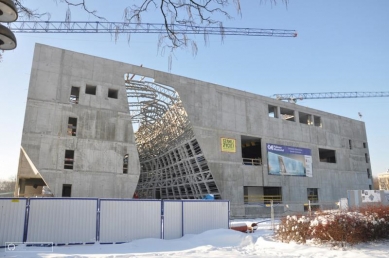
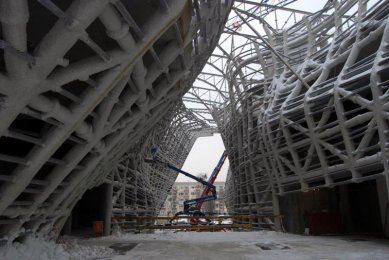
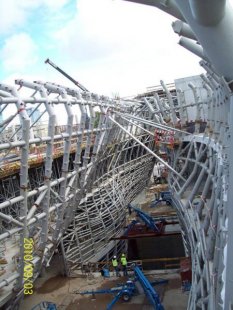
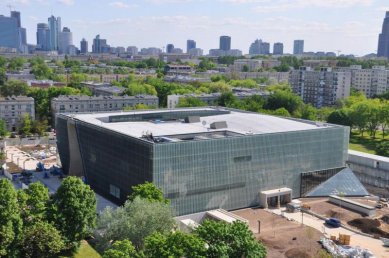
0 comments
add comment












